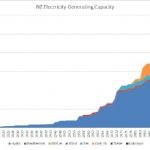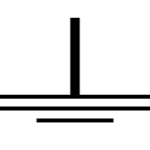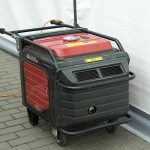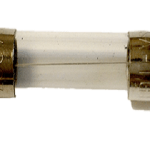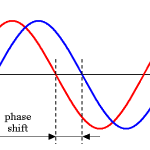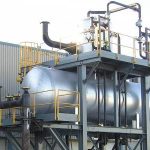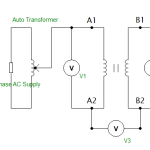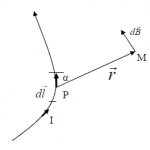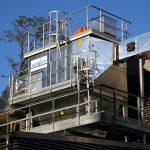At present, everything is dependent on electricity from mobile phones to every electronic device used in daily. Because day by day the demand for electricity is increasing and there are efficient and better ways are available for generating electricity through Power Plants. The electricity usage can be observed annually in a 24-hour format & the demand for peak load can be noted to examine. Because of doubtful demands by the consumer regarding power, … [Read more...]
Basics of Electricals
What is an Armature Reaction – Working, Effects & Applications
An electrical generator is a machine that is operated similar to operations performed by other machines. The main important function that it does is generating power. For this to occur, any machine requires a field that is able to develop some rotating field. This field is able to develop some torque that rotates the inner rotating part. For the production of this field, the employment of winding plays a key role. The field winding is placed on the stator … [Read more...]
What is Electrical Earthing – Types, and Applications
Earth is used as an electrical conductor for electricity by man over 270 years back. The other name for Electrical Earthing is Grounding. Electrical earthing is done to protect ourselves from shock during fault conditions. The common electrode used for Earthing is copper, which is used for grounding. The basic requirement of every household or industry is to maintain proper Earthing. The main purpose of the grounding or earthing systems is to provide a … [Read more...]
Electrical Generator – Working, Types and Applications
How do power plants supply current to hundreds of houses? they even don't utilize high capacity batteries. But this can be done by connecting a spinning a turbine to an electrical generator. Some power plants use extremely hot steam that blasts over the turbines as well as turns it or else uses the energy of the dropping water. one more example is windmills. The fundamental idea is that if you use an electric wire & move up or move down within the … [Read more...]
Electrical Fuse Types and Their Uses
In 1860, the lighting equipment, as well as telegraphs, are protected using an electrical wire which is named as an electrical fuse. The first fuse was discovered by a scientist namely "Thomas Edison". In an electric distribution system, the fuse is one kind of part. It is a safeguard device and it is used where a low melting thin material point is used. It works as a protective device when an extra current beyond its allowable value is flown. The … [Read more...]
What is Phase in Electricity – Difference Between Single and Three Phase
The transmission of electrical energy which is received from power stations can be done through transmission lines. After that, it is supplied to substations through the main distribution. At last for domestic consumers, it is supplied through secondary distribution. The single-phase power is used in small premises as well as homes. But generally, 3-phase power is mostly used over 1-phase power because 3-phase machinery is more sufficient than a 1-phase. … [Read more...]
What is a Deaerator – Working, Types & Applications
Usually, we utilize certain apparatus for generating Electricity. In that, a boiler plays an important role. For the appropriate function of the boiler & in order to evade corrosion in the boiler, the deaerator is used. In this, the contaminations which are there in the feed water will be detached. This article discusses the deaerator definition, working principle, its types, pros, cons, and its applications. What is the Function of Deaerator? It is … [Read more...]
What is a Polarity Test – Importance, Testing Methods
Normally, when a flow of current is there in a conductor then there is always a query whether it is a neutral otherwise a phase. For this, an electric tester is used to check the wire. For instance, when we check the two terminals of the batteries, one acts like a positive and the other one works like a negative terminal. It is known as a DC supply. But here, the flow of current includes only single way which does not rotate. In AC supply, the direction of … [Read more...]
Biot Savart Law : Expression, Example & Its Applications
The basic relationship between an electric current as well as a magnetic field is stated by the scientist's biot & savart. This is the basic of magnetostatics that plays the main role that is the same as to coulomb's law. The inventors of this law conducted various experiments by using the needle of compass deflection to measure the strength of the magnetic field of an electric current, changing in both shape & magnitude and came to the conclusion … [Read more...]
Electrostatic Precipitator : Types, Working & Applications
In general, the steam or gases in the power plants can be produced through the fuel burning. A chimney in the plant can be used to release the gases into the atmosphere. These gases are very harmful to the environment as we ll as living organisms once they absorb because they include harmful particles. Because of these harmful gases, health issues will occur to human beings and other organisms. So these pollutants can cause global warming by polluting the … [Read more...]
